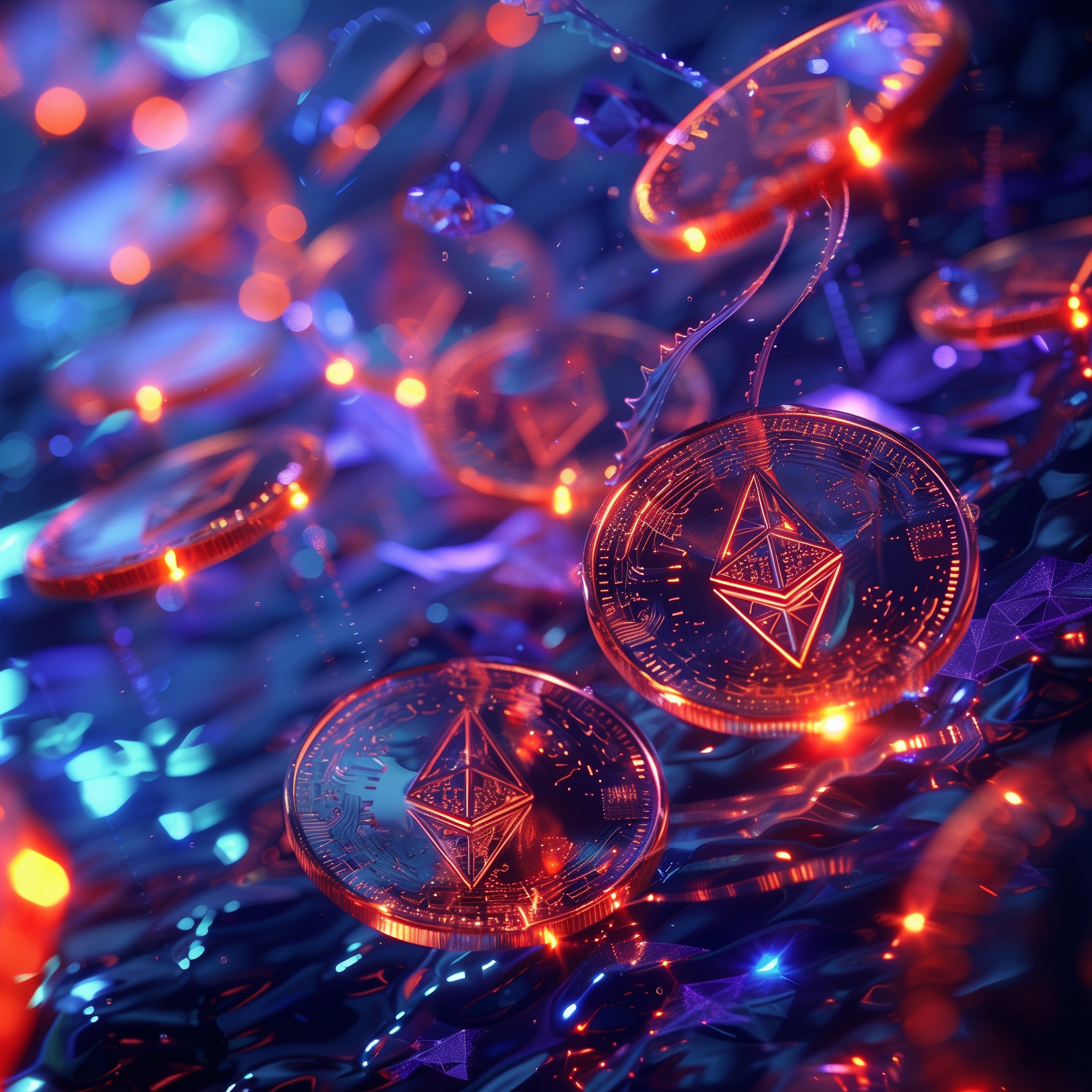$DOCAT: The Crypto That Pays You Back (3% Reflections Explained)
In the vibrant and ever-evolving world of cryptocurrency, innovative mechanisms designed to reward investors directly through their holdings are becoming a cornerstone of tokenomics. One such mechanism is “reflections,” a concept that has gained traction among various new tokens as a way to incentivize holding and add value for investors. This comprehensive guide will delve deep into the mechanics of reflections, using BaseDoodleCat’s $DOCAT as a prime example, to demystify the reflection process and detail how it benefits both novice and seasoned investors.
Understanding Reflections in Cryptocurrency
Reflections, in the context of cryptocurrency, refer to the automatic redistribution of a token that occurs when transactions are made. This process rewards token holders simply for holding the token in their wallets, without requiring any further action such as staking or farming.
How Reflections Work
Transaction Occurs
Whenever a $DOCAT transaction is made, a total transaction fee is deducted automatically. This fee is higher than the typical network fee and includes several elements aimed at benefiting the ecosystem.
Fee Distribution
From this total fee, a portion is allocated to reflections. For $DOCAT, this is set at 3%. The smart contract automatically splits this fee proportionally among all holders of the token.
Reflection Allocation
The amount of reflections each holder receives is directly proportional to the amount of $DOCAT they hold relative to the circulating supply. This means that the more $DOCAT you hold, the more reflections you receive.
Instant Rewards
The redistribution is typically done automatically and continuously, meaning holders can see their balance increase in real-time, providing instant feedback and reward for their investment.
The Benefits of Reflections
- Passive Income: Reflections provide a form of passive income, as holders increase their token holdings simply by keeping the token in their wallets. This is particularly appealing in the volatile crypto market, where passive income streams can offset losses during market downturns.
- Encourages Holding: By rewarding holders, reflections incentivize users to hold onto their tokens instead of selling them, which can help stabilize the token’s price by reducing sell pressure.
- Automatic and Effortless: Since reflections are handled by the smart contract, there is no need for token holders to claim these rewards manually. This automation ensures that all holders benefit from reflections without any extra effort.
- Deflationary Pressure: As transactions occur and fees are distributed as reflections, the effective circulating supply of the token decreases, which can have a deflationary effect on its value.
Case Study: $DOCAT’s Reflection Mechanism
To illustrate, let’s consider a hypothetical scenario with $DOCAT. Assume there are 1 million $DOCAT tokens in circulation, and you own 10,000 of them (1% of all tokens). If a transaction is made on the network involving 100,000 $DOCAT, a 3% reflection fee (3,000 $DOCAT) is redistributed to all holders. As a holder of 1% of the total tokens, you would receive 1% of the 3,000 $DOCAT reflections, or 30 $DOCAT, added directly to your wallet.
Reflections vs. Other Reward Systems
Comparing reflections to other reward systems such as staking or dividends can help highlight their unique advantages. Unlike staking, where tokens must be locked up in a contract to earn rewards, reflections do not require tokens to be immobilized. This means liquidity is not affected, and holders can trade their tokens freely while still receiving benefits. Compared to traditional dividends, which are typically paid out at set intervals, reflections are distributed continuously, providing real-time rewards to holders.
Challenges and Considerations
- Tax Implications: The continuous receipt of tokens could have tax implications in some jurisdictions, as these rewards may be considered taxable income.
- Market Impact: Large transactions can lead to significant changes in token holdings due to reflections, which might influence the token’s price in the short term.
- Implementation Complexity: Implementing a reflection mechanism requires careful consideration in the smart contract design to ensure security and efficiency.
Conclusion
Reflections represent a novel and compelling feature in the realm of cryptocurrency, offering a blend of incentives that can enhance the holder’s experience and investment value. For tokens like $DOCAT, integrating this feature not only differentiates them from older cryptocurrencies like Bitcoin but also aligns with a broader shift towards more holder-friendly, innovative economic models in the crypto space. As we continue to witness the evolution of tokenomics, reflections are likely to play a pivotal role in shaping the future of how cryptocurrencies operate and how they are perceived by both new and veteran investors.


